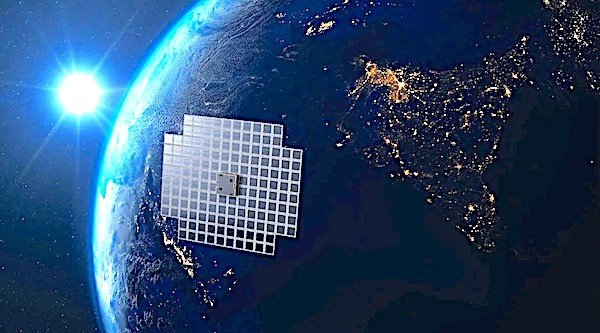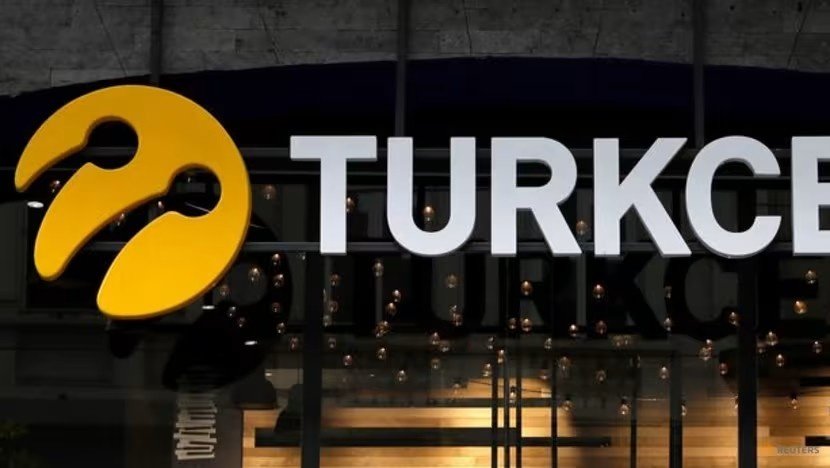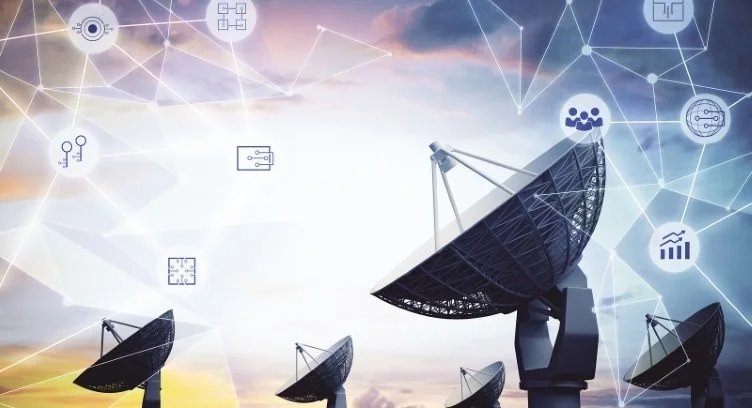UAE-based Space42 has announced the global availability of its next-generation Thuraya-4 satellite, marking a major milestone in the company’s expansion across Europe, Africa, Central Asia, and the Middle East. The service rollout includes new markets such as South Africa, Namibia, Botswana, Mozambique, and Zambia, significantly broadening Space42’s footprint.
Operating in the L-band spectrum, Thuraya-4 was launched earlier this year aboard an Airbus Eurostar Neo platform. It features a 12-meter reflector antenna, onboard processing, and a software-defined architecture, enabling dynamic bandwidth allocation and in-orbit reconfiguration via remote software updates.
The new satellite is designed to integrate seamlessly with terrestrial networks, aligning with Space42’s strategy to deliver IoT and direct-to-device (D2D) satellite services based on the 3GPP Non-Terrestrial Network (NTN) standard. This integration supports the company’s broader vision for hybrid connectivity and global mobility solutions.
Earlier in 2025, Thuraya introduced “Thuraya One,” a hybrid 5G-satellite smartphone targeting the D2D communications market. Leveraging Thuraya-4, the company is now offering 16 new products spanning broadband mobility, offshore connectivity, mobile gateways, aircraft and UAV links, and a tactical transceiver system that extends UHF/VHF communications across land, sea, and air — even in non-line-of-sight conditions.
Space42 also revealed a 15-year, US$708 million contract with the UAE government, establishing Thuraya-4 as a key enabler of its mobile satellite services business.
Ali Al Hashemi, CEO of Space Services at Space42, said:
“Thuraya-4’s commercial readiness strengthens our non-terrestrial network leadership, showing how we translate long-term vision into global scale and commercial growth.”
With Thuraya-4 now operational, Space42 is set to accelerate its leadership in satellite mobility, IoT, and D2D communications, bridging connectivity gaps across emerging and remote markets.















